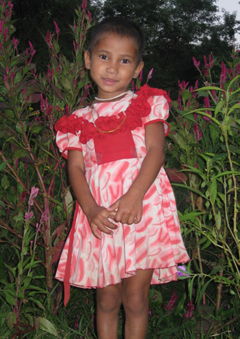
It wasn’t long ago that some of these boys had never seen a kite or felt the warmth of a loving adult. But at Nepal Orphans Home (NOH), founder Michael Hess created an environment where 121 children thrive, attending school and karate classes and taking weekend jaunts to the park.



